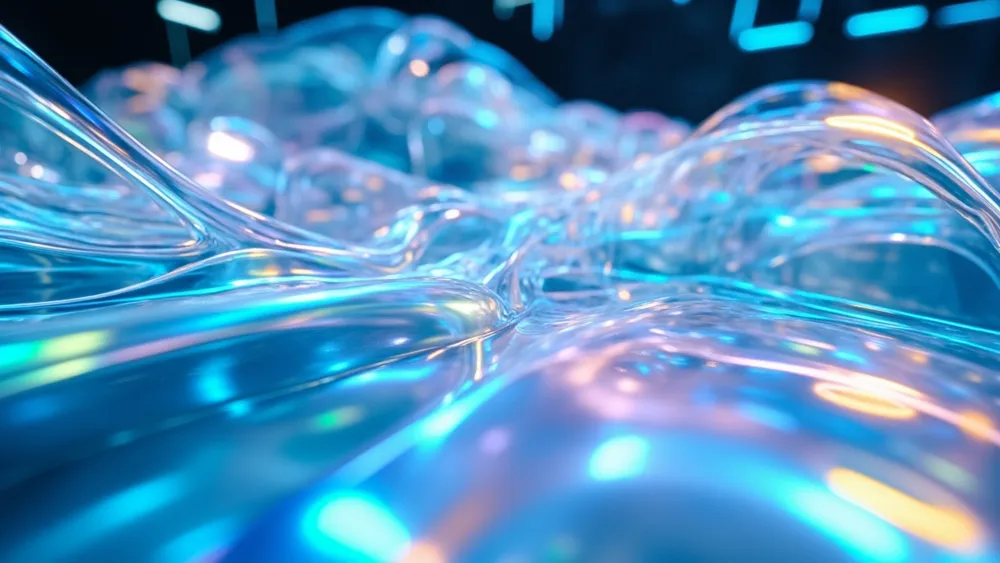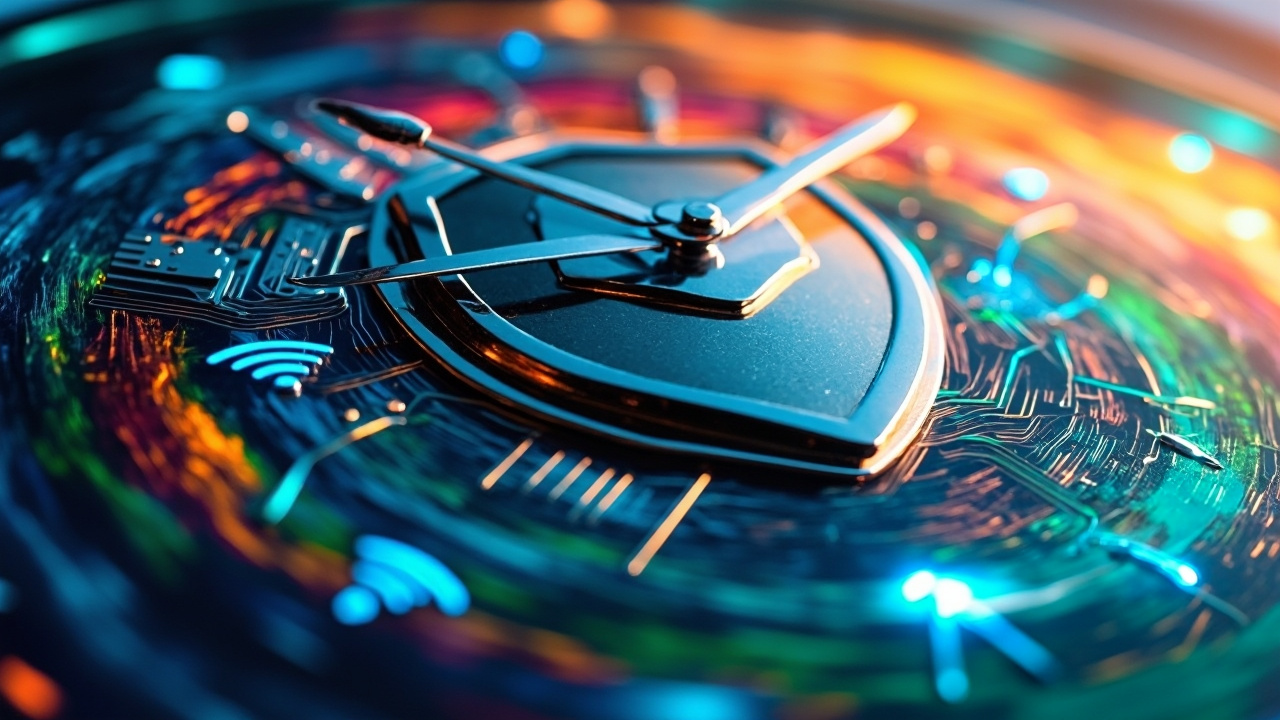Apple WWDC25: Launch of iOS 26 and Revolutionary Liquid Glass

The recent update from Apple during WWDC25 marks a significant milestone in the tech landscape, particularly with the unveiling of iOS 26 and its accompanying OS counterparts across devices. Apple’s focus on software—eschewing hardware announcements—highlights the critical importance of software fluidity and user experience in an industry increasingly dominated by both AI and interconnected devices. The introduction of the "Liquid Glass" design paradigm not only underscores Apple’s commitment to aesthetic innovation but speaks volumes about the company's forward drive in creating seamless user environments.
The "Liquid Glass" design encapsulates technological breakthroughs in hardware capabilities, paving the way for new visual and functional paradigms within Apple's ecosystem. By harmonizing sensory experiences with improved graphics and animation, Apple engages in a direct challenge to competitors in a saturated market. Features such as the integration of Apple Intelligence across their suite of software projects signify a strategic pivot towards embedding AI into user experiences. This could prove disruptive, facilitating more adaptive and intuitive interactions—promising to enhance engagement and loyalty among users.
Nevertheless, several risks loom on the horizon. The significant redesign requires users to adapt to a new system interface, potentially creating resistance from long-standing Apple users accustomed to familiarity. Meanwhile, focusing heavily on aesthetics raises questions about whether Apple can maintain functional robustness alongside this newfound fluidity. These changes, while primed for adoption in an AI-driven era, must strike a balance between innovative allure and intuitive usability. Will users embrace this shift toward complexity if functionality becomes obscured? Moreover, as Apple's ecosystem expands, the interoperability and performance with existing hardware will also determine its long-term viability.
In conclusion, Apple's WWDC25 presented a compelling case for its commitment to innovation and user experience. As the tech landscape pivots toward AI integration and enhanced user interfaces, Apple’s bold moves may set new benchmarks within the industry. The adoption of the "Liquid Glass" aesthetic could redefine software interaction paradigms, though success will depend on the navigational finesse Apple exhibits in harmonizing design with usability. The operationalization of AI capabilities stands to bolster Apple's market position—but will it capture the hearts of consumers while continuing to challenge competitors in the long haul?
Read These Next

Social Media Time Limits for Children: A Critical Step Toward Online Safety
This article discusses the potential implementation of social media time limits for children, examining its implications for youth mental health and digital addiction. It underscores the urgent need for balanced regulations to prioritize children's well-being in the digital age, featuring examples of existing parental controls and advocacy from policymakers.

Why Tesla Isn't Manufacturing in India
An overview of Tesla's hesitations about entering the Indian EV market, exploring reasons behind the decision and the implications for foreign investments in India.

Ren Zhengfei: Focus on Action, Not Challenges
At Huawei's Shenzhen HQ, CEO Ren Zhengfei highlighted a proactive mindset to tackle challenges amid external pressures.
